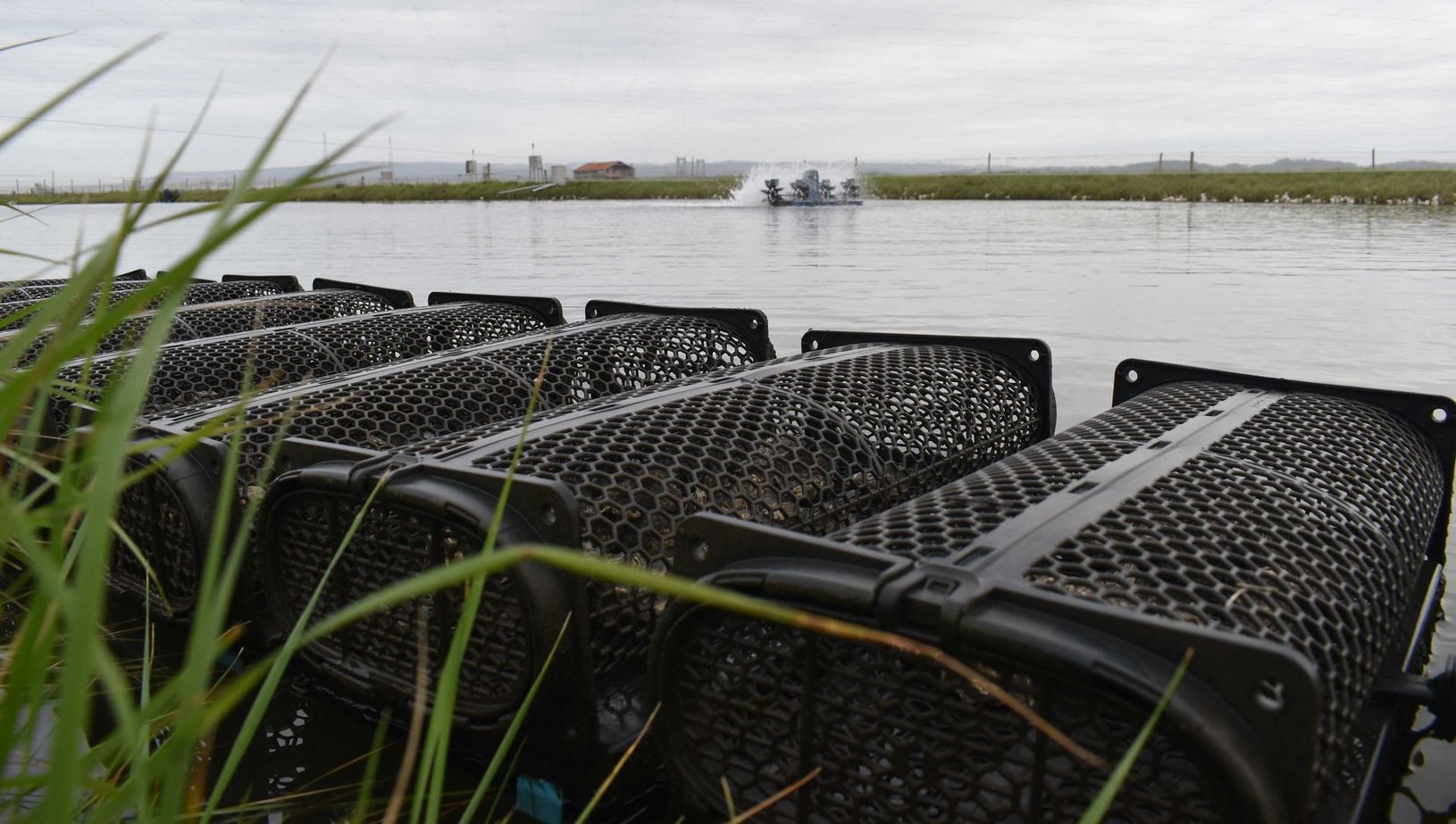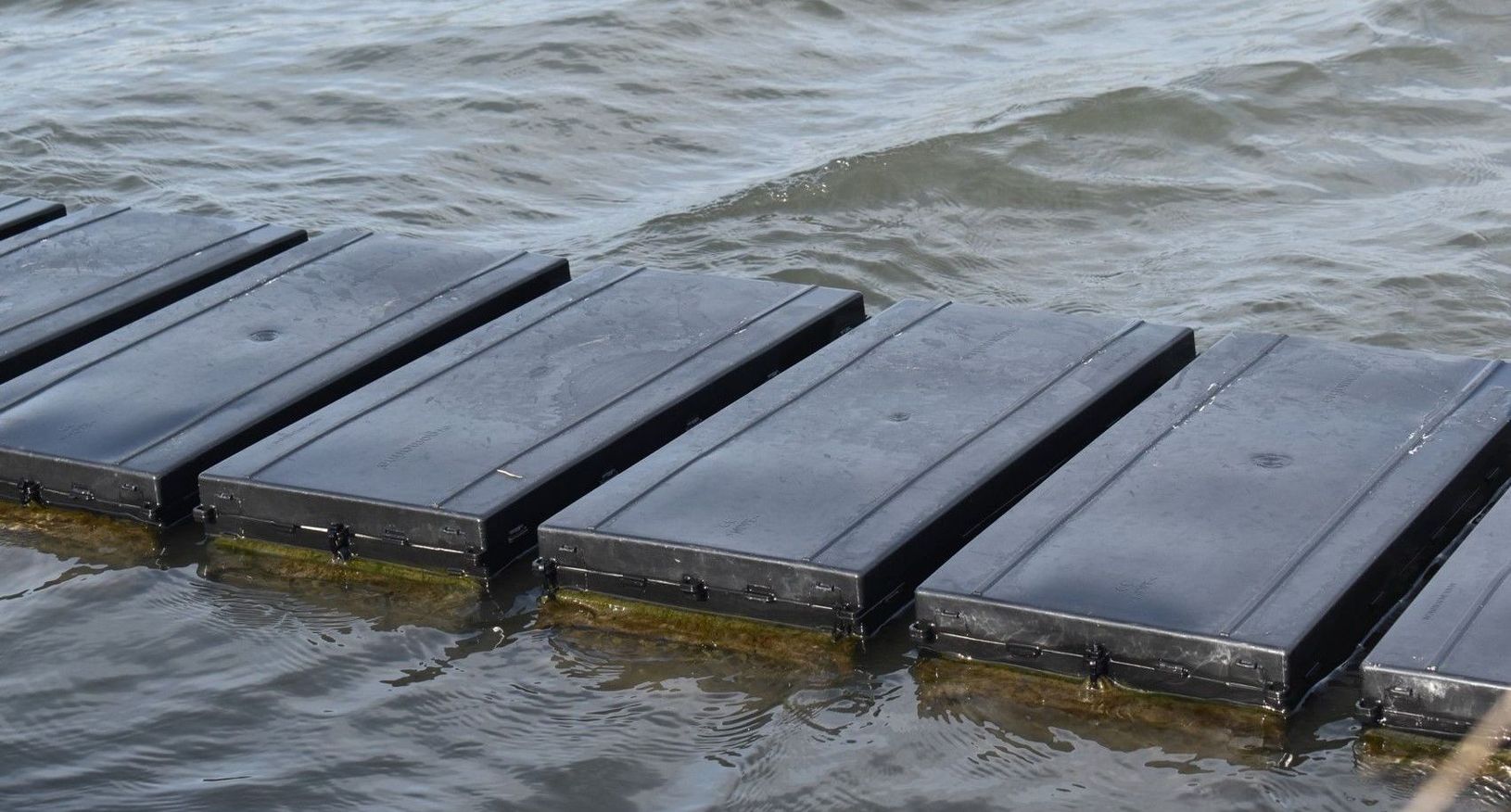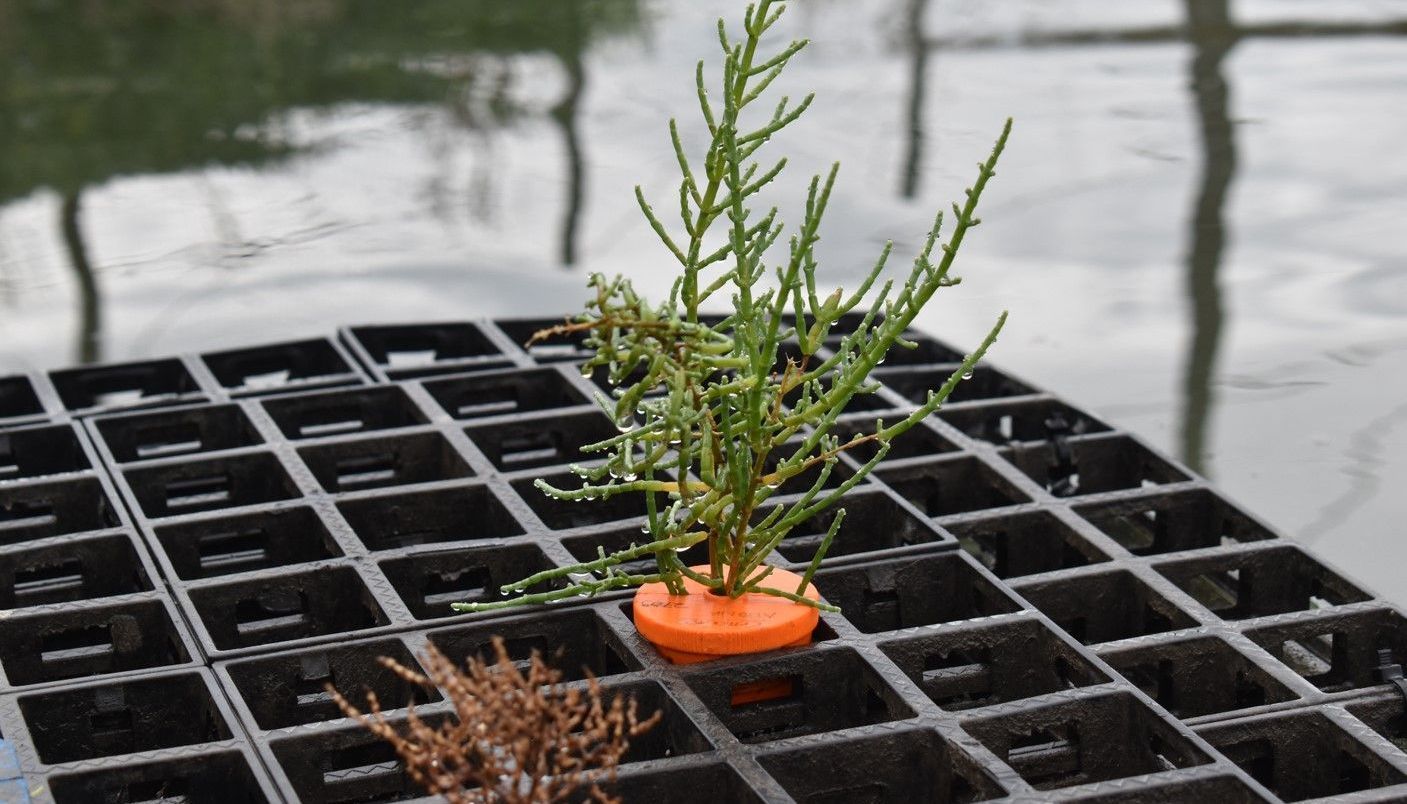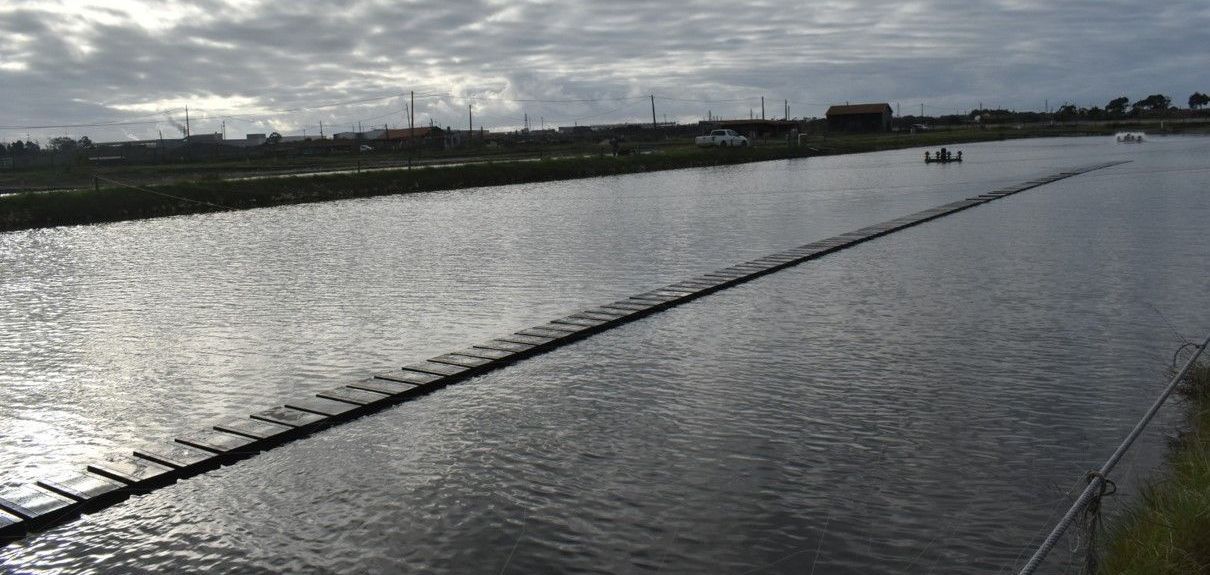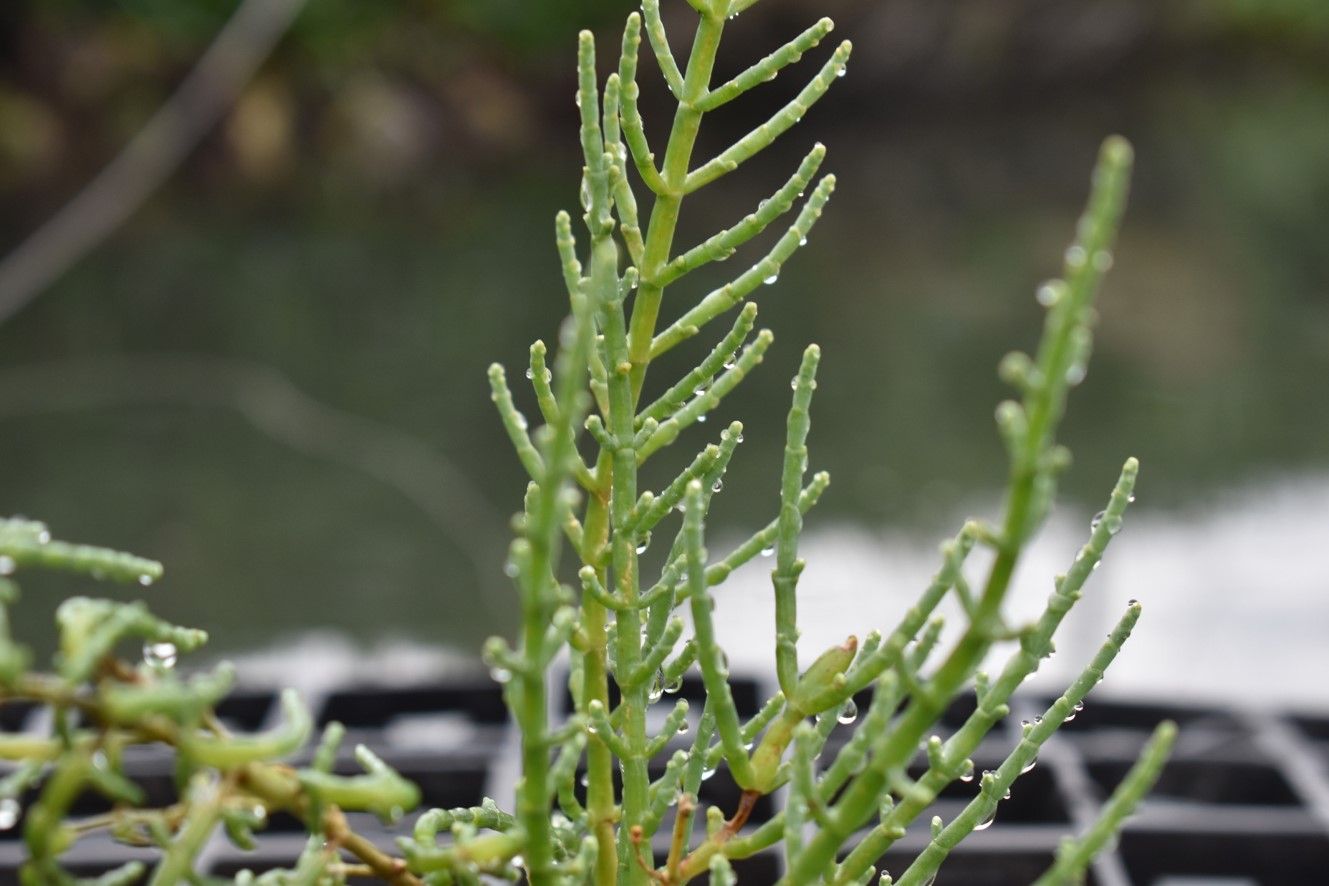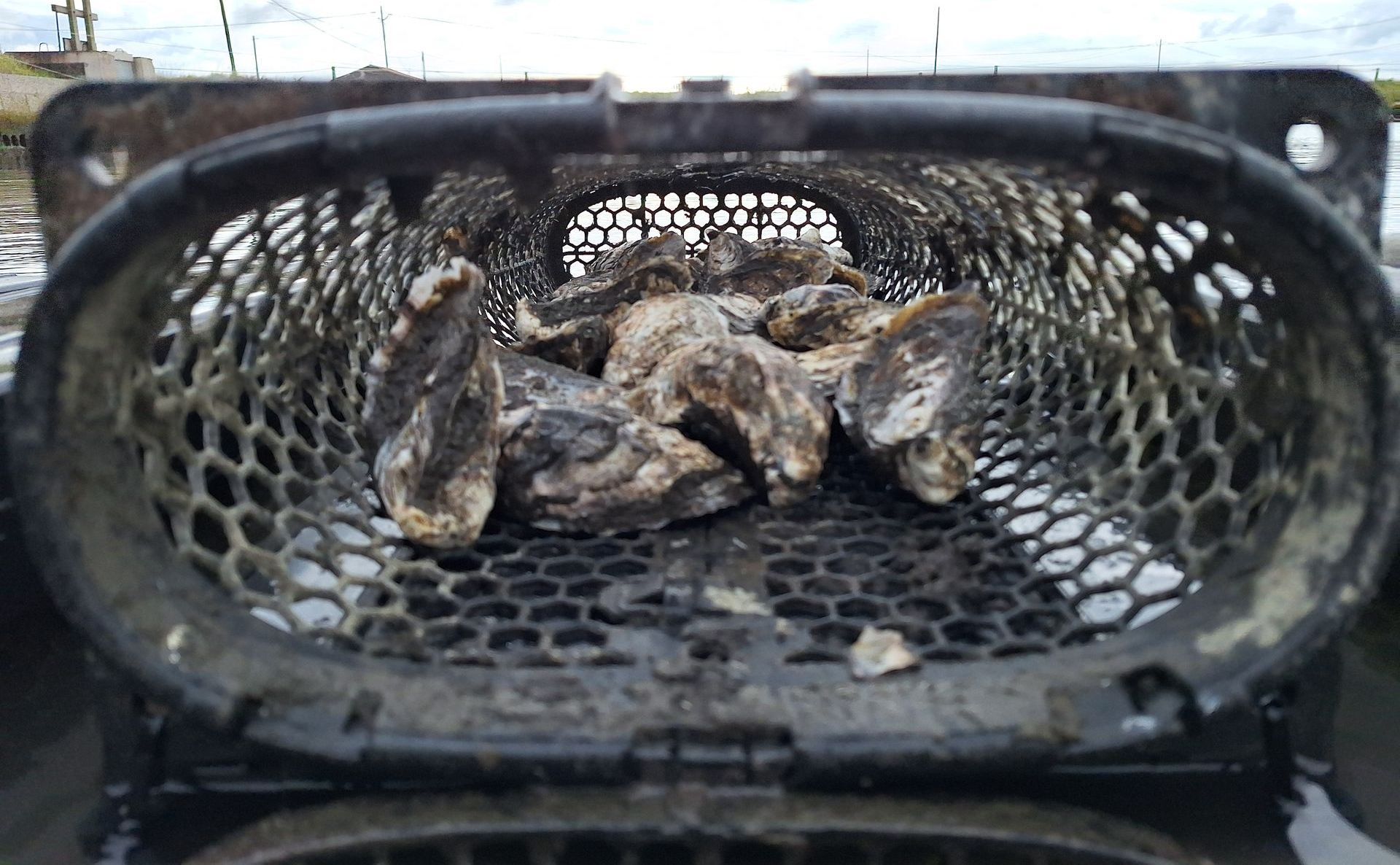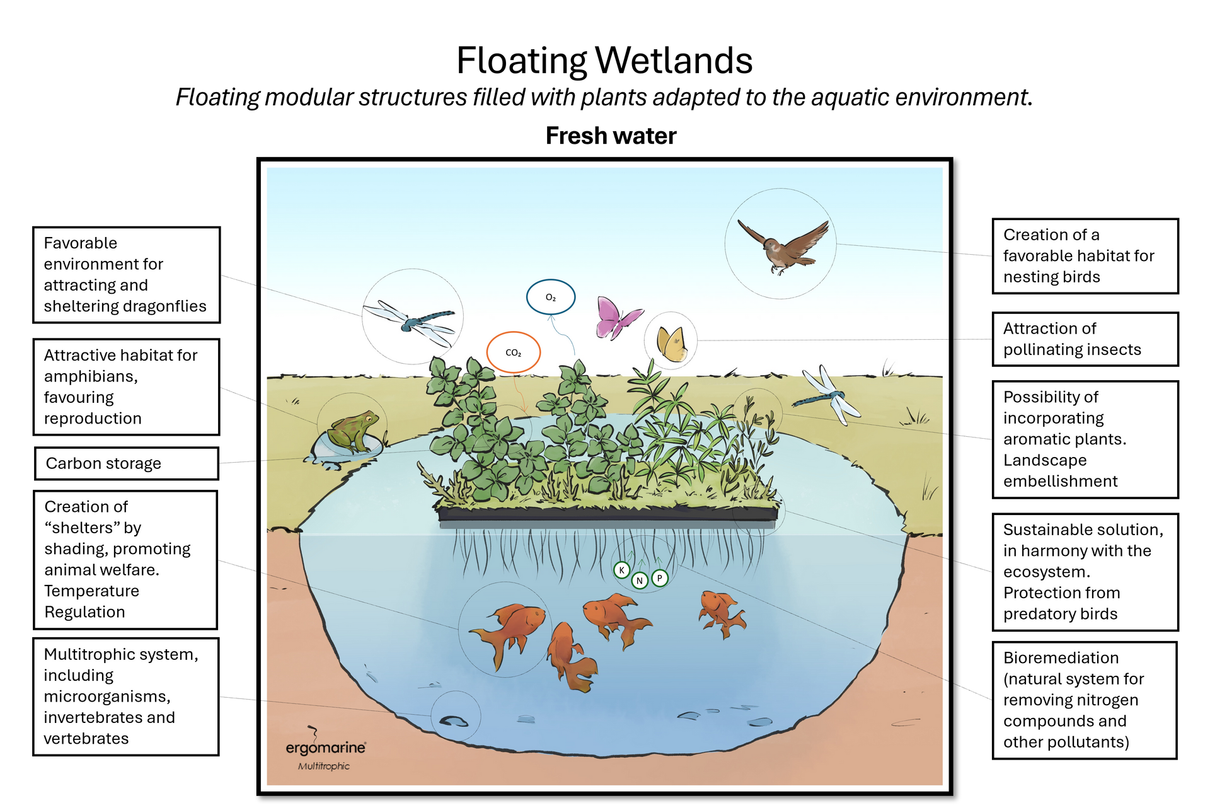Multitrophic systems
Multitrophic refers to the relationship between species that occupy different levels of a food chain. In ecology, multitrophic interactions can occur between plants, herbivores, and predators. In aquaculture, multitrophic systems involve the interaction of multiple species in a way that reduces waste and improves sustainability.
These systems can be implemented on land (land-based aquaculture), marine open water (sea-based aquaculture) or freshwater systems, and can comprise various combinations of species, such as fish/algae/bivalve combinations.
Advantages of Multitrophic Systems in Land-based Aquacultures
Space Optimization
- Several species can be produced in the same space;
- More efficient use of resources;
- There is no need for navigation signaling (cultivation structures are not subject to collision with nautical vessels);
- Significant enhancement of the cultivation space (including licensing, water quality and infrastructure);
Quality of prodution
- Possibility of several successive cultivation cycles (monthly, for example) within the space of a year;
- High meat ratio, in the case of shellfish (~30%).

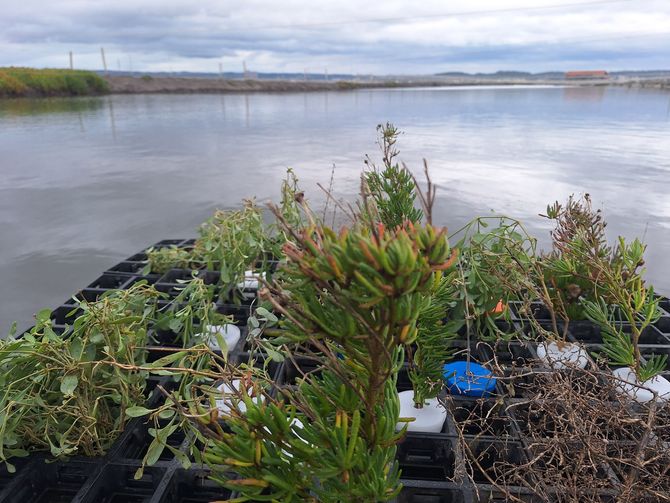
Incorporation of Floating wetlands
- Creation of “refuges” through shading, promoting animal welfare.
- Attraction of other species, such as insects, birds, and amphibians, strengthening trophic relationships.
- Creation of habitats and promotion of biodiversity.
- Creation of partially extention “mini-ecosystems”.
Removal of excess nutrients in the environment
- Reduces water acidification;
-Reduces eutrophication, caused by the accumulation of phosphates and nitrates;
Bioremediation
- Filtration of potentialy fatal chemical compounds, for the survival of marine animals.
Natural Capital and Ecosystem Services
- Contribution to Blue Carbon: Combating climate change by retaining carbon in bivalve shells;
- Improvement of water quality, providing a better environment for fish (animal welfare);
- Bivalve shells can later be used as reefs for biodiversity and coastal protection (construction of gabions).
- Highly resistant, durable and recyclable compounds; - Products easy to handle, turn, transport and tow;
- Creation of ergonomic, safe and autonomous work processes;
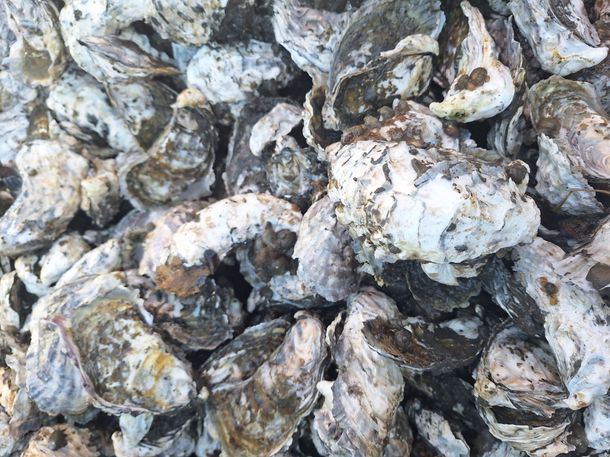
SDGs
- Sustainable aquaculture practices, in line with sustainable development goals.
Circular Economy and Aquaculture
- Waste reduction;
- Dematerialization of the business;
- Offer of delivery service;
- Monitoring of delivered products;
- Continuous contact with the customer, receiving feedback and level of satisfaction
- Recycling and replacement of materials at the end of their useful life.
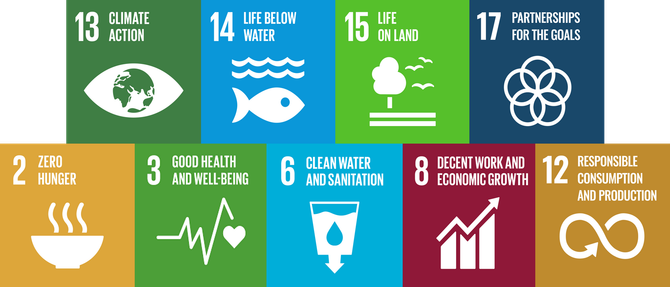
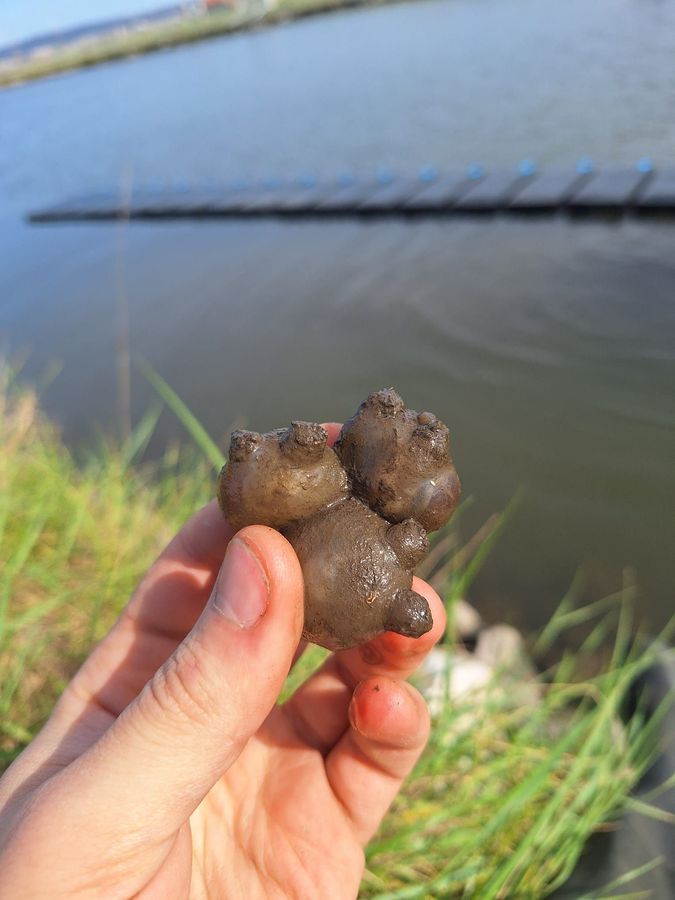
TUNICATES
In the course of our experiments for improving our ERGOFLIP system for oyster farming 08/04/2025), we collected many undesired specimens of Molgula Manhatensis tunicate .
It was noticed that they grow well, together with the oysters.
Tunicates are low trophic filtering creatures that can well complement our search for added multitrophic biodiversity (although they may compete with oysters).
Tunicates, filterers, are ideal for biorremediation and against eutrophisation. They feed not only from phytoplancton, but also the suspended food particles of fish food.
They can immediately be used as an aditional high quality food for fish or used for medicin or human food aditives.
As the ergomarine oyster cage serves as a protection from predator fish, like dorada, the above floater where it hangs protects it from sun and keeps the tunicate where they most like to stay, by the surface, where fitoplancton and other suspended nourishment abound.
Tests go on, in order to evaluate the life cycle of this tunicata and possible additional revenue from higher added value markets.

